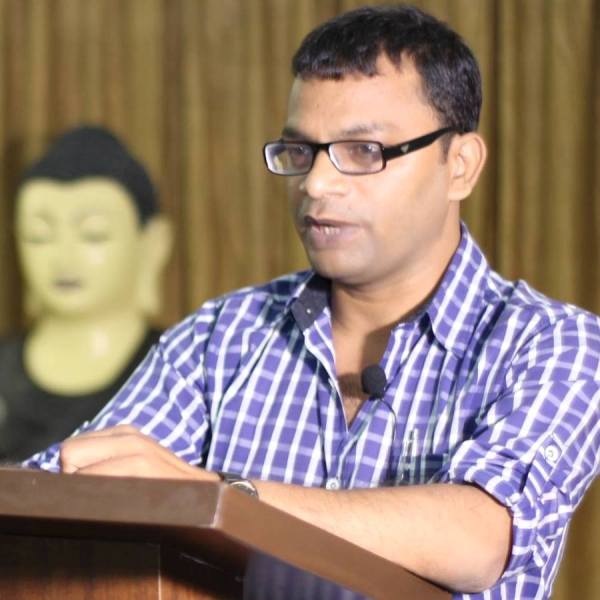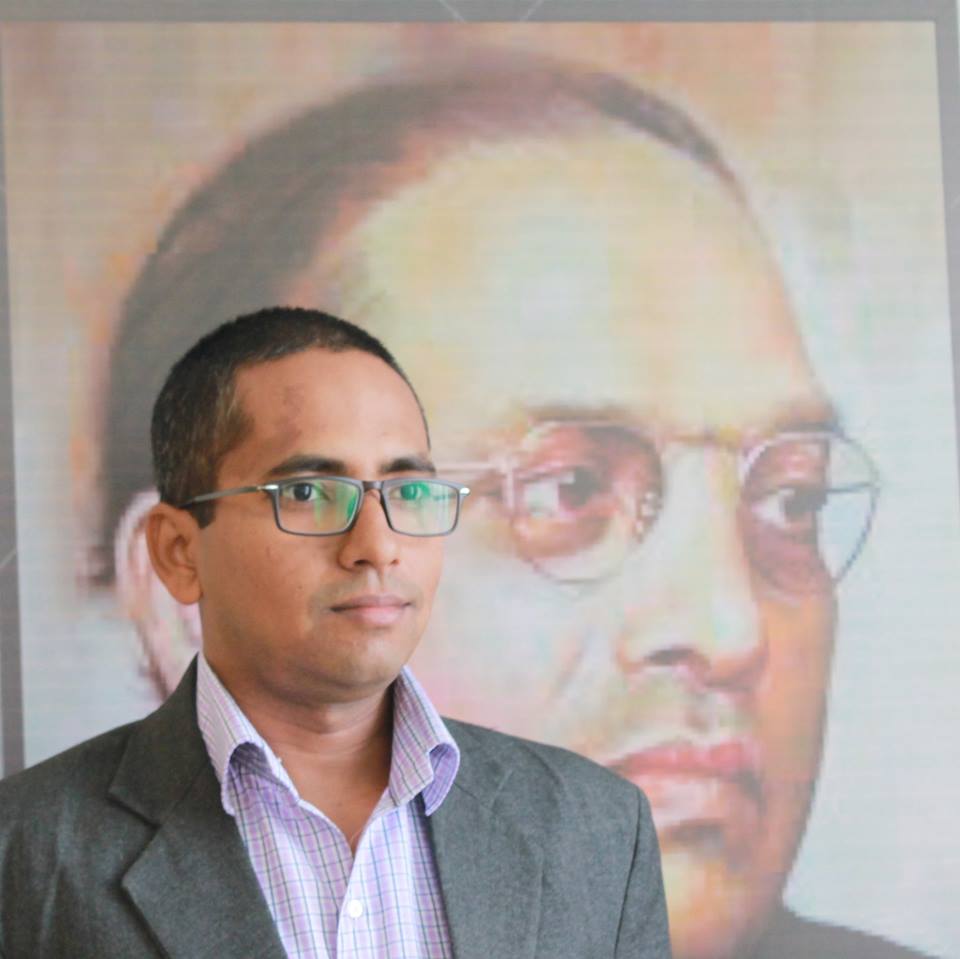Mangesh Dahiwale
 Gopal Guru is an erudite scholar and a political scientist of high reputation. His command over political theories is a sign of his scholarship. However the above-mentioned essay lacks erudition and academic neutrality. His language is full of clichés and oftentimes meanders to become illegible and confusing. The essay in question is one such piece of his writings that has no set goal in sight. His intention is difficult to judge, but one of his sentences may give us a hint of his intention: “All three (Gandhi-Ambedkar-Guru) of our futures are linked up with the transformation of social relations in India”. He wants to become part of history. By saying this, he (perhaps) intends to say that his essay is an exercise in social transformation.
Gopal Guru is an erudite scholar and a political scientist of high reputation. His command over political theories is a sign of his scholarship. However the above-mentioned essay lacks erudition and academic neutrality. His language is full of clichés and oftentimes meanders to become illegible and confusing. The essay in question is one such piece of his writings that has no set goal in sight. His intention is difficult to judge, but one of his sentences may give us a hint of his intention: “All three (Gandhi-Ambedkar-Guru) of our futures are linked up with the transformation of social relations in India”. He wants to become part of history. By saying this, he (perhaps) intends to say that his essay is an exercise in social transformation.
Guru undertakes to transform the attitude of the followers of Babasaheb Ambedkar towards Gandhi. He criticizes the followers of Babasaheb Ambedkar for inflicting cognitive injustice on Gandhi. He slams the followers of Babasaheb Ambedkar for reducing his thoughts to mere formalism. He castigates them for their “selective reading” of Gandhi. He finds faults with Babasaheb Ambedkar’s biographer for misinformation. During this overall cognitive castigation (or should we say violence) on Ambedkarites, he absolves himself by placing himself on the same pedestal as Gandhi and Ambedkar, as his quest for cognitive generosity. He plays a blame game, but argues that his essay is an exercise in reconciliation.
A lot is written about Gandhi and his relationship with untouchability. Gandhi’s views and methods of the social transformation were diametrically opposed to Babasaheb Ambedkar’s views and methods of social transformation. For Gandhi, the annihiliation of caste was never a goal. He was an ardent supporter of the Varnashrama Dharma. Babasaheb Ambedkar refuted Gandhian theory of social transformation based on spiritual-political interpretation of Brahminical texts, which he saw as more legitimate than the rights of the untouchables to enter public places (in this case, temple at Vaikom). Gandhi’s quest was outright political and blended with “Hindu” religion which he largely derived from his own reading and interpretation of Gita. While Babasaheb Ambedkar’s quest was the liberation of human beings which he saw as absent in the Gita. He completely deconstructed Gita and its teachings. Gandhi upheld the supremacy of the shastras (Vedic brahminical texts), while Babasaheb Ambedkar repudiated these very texts as the foundation of the caste-based social order.
Gandhi’s early writings like “Hind Swaraj” mention nothing about the practice of untouchability. As a supporter of the Jajmani system, Gandhi was a supporter of caste-based system of economic exploitation. Babasaheb Ambedkar was an ardent supporter of democracy and was against any hierarchy in society.
Babasaheb Ambedkar was the master persuader and he had highly developed skills in convincing people, but Gandhi was never at the centre of his persuasion. His method of persuasion combined many tools and were directed at many constituencies. It was directed at liberating his people from the slavery of the caste Hindus after 1935 when he realized the orthodoxy of caste Hindus. He went after Gandhi only when he saw that Gandhi was opposed to the civil and political rights of his people during the Round Table Conferences (RTCs). His interest in Gandhi was peripheral and contingent upon his fight for justice for his own people. Gandhi and his influence is long dead in India. But Guru insists on reviving Gandhi among the followers of Babasaheb Ambedkar. It raises many questions as he stipulates nothing in Gandhi that the followers of Babasaheb Ambedkar can learn from in their quest for liberation. Gandhi miserably failed to change the “hearts” of caste Hindus. Gandhi wanted to use the untouchable to further his political project of Ram Rajya. It is evident from his priorities. He did not undertake annihilation of untouchability and annihilation caste as his primary goal.
The political rise of the untouchables forced Gandhi to use methods of co-option and theatrical dramas to bring the untouchables into the Congress fold. Besides power of persuasion, Babasaheb Ambedkar had the political maturity and intelligence to upset the political equations of the caste Hindus. He forced Gandhi and Congress to factor in the untouchables in their political equations. Gandhi and Congress tried every trick to stop the untouchables from becoming a separate political class. It is perhaps time for Guru to show what followers of Babasaheb Ambedkar can learn from Gandhi, or else he will be counted among those who disown their own people to get recognition for their “cognitive honesty” from others.
~~~
Mangesh Dahiwale is Director, Thinking Eye Studio Pvt Ltd, and Chairman, Manuski.










